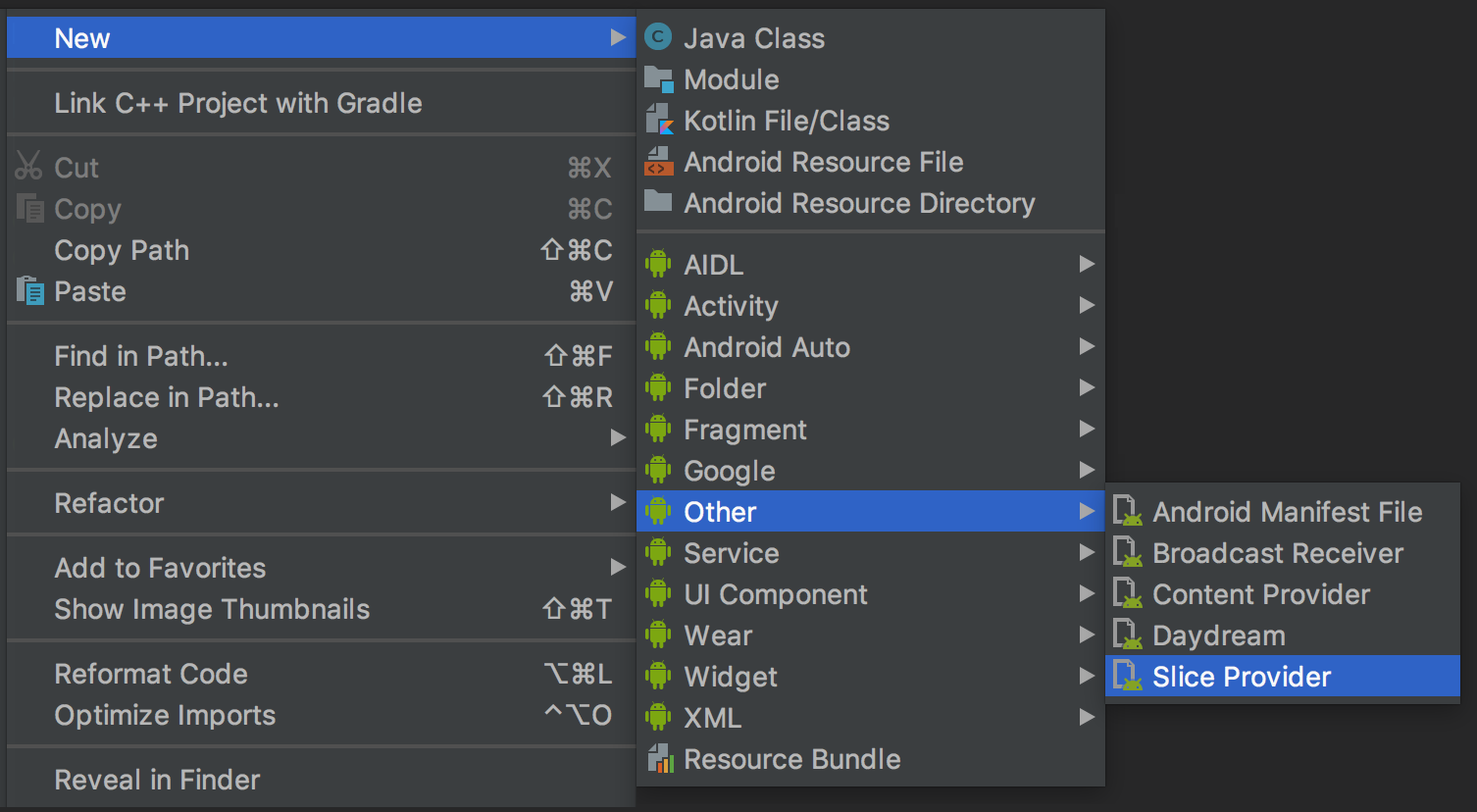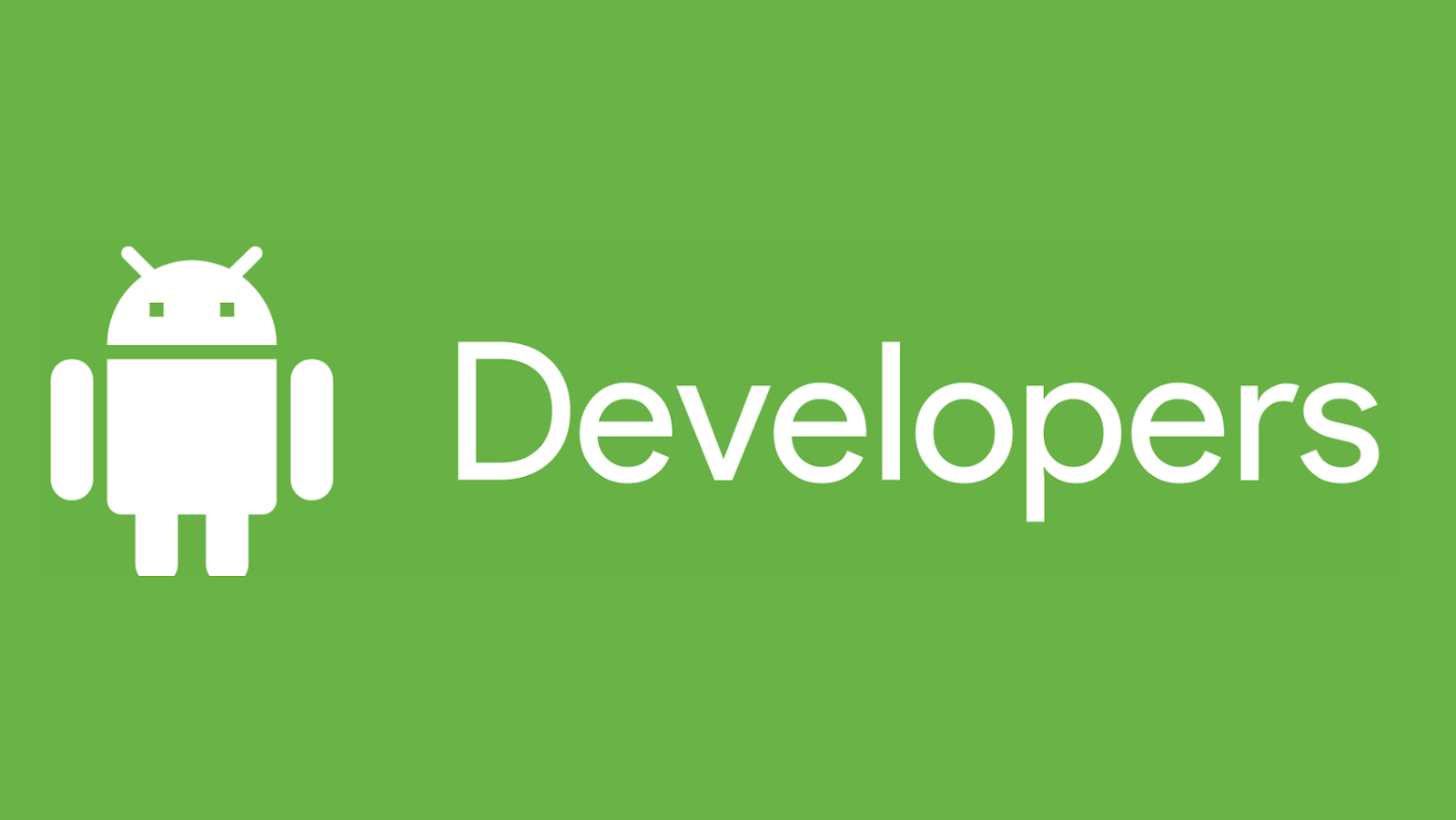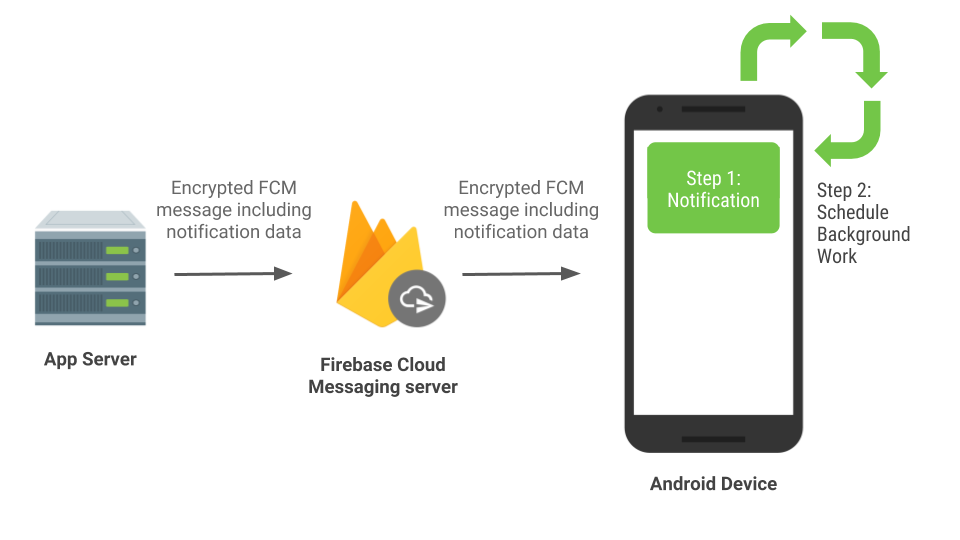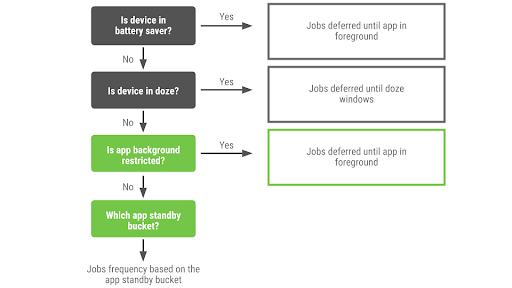Android Studio 3.2

Posted by Jamal Eason , Product Manager, Android Today, Android Studio 3.2 is available for download . Android Studio 3.2 is the best way for app developers to cut into the latest Android 9 Pie release and build the new Android App bundle . Since announcing this update of Android Studio at Google I/O '18 , we have refined and polished 20+ new features and focused our efforts on improving the quality for this stable release of Android Studio 3.2. Every developer should use Android Studio 3.2 to transition to using an Android App Bundle , the new app publishing format. With very minimal work, you can generate an app bundle with Android Studio. Once you upload your app bundle to Google Play you can distribute smaller, optimized apps to your users. Early adopters have already seen between 11% - 64% in app size savings with app bundles over the legacy APK app size. Another feature you do not want to miss is the Energy Profiler. This new profiler gives you a set of tools that will hel...



